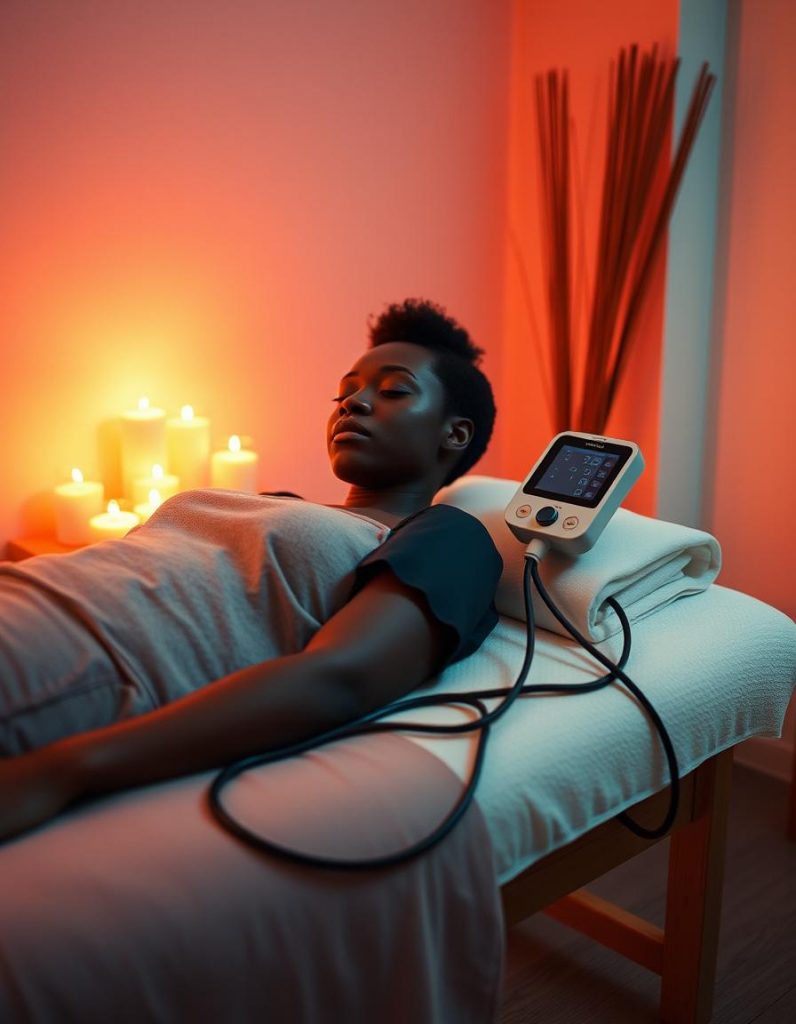Recent research has shed new light on a seemingly straightforward medical practice: measuring blood pressure. Traditionally, blood pressure is measured while a person is seated, with their arm at heart level. However, a surprising finding from a recent study suggests that measuring blood pressure while lying down could reveal important insights about cardiovascular health that might be missed when taking the reading in a seated position.

The Study
The study, published in a leading medical journal, involved a large cohort of participants who had their blood pressure measured both while seated and while lying down. Researchers found that in many cases, blood pressure readings taken while lying down were significantly higher than those taken in a seated position. This discrepancy was especially pronounced in individuals with certain risk factors for heart disease, such as diabetes, obesity, and a history of hypertension.
Why Does Position Matter?

The difference in blood pressure readings between seated and lying positions can be attributed to several physiological factors. When a person is lying down, the heart doesn’t have to work as hard to pump blood against gravity, which can cause blood pressure to appear higher. Additionally, lying down can reduce the amount of blood that pools in the lower extremities, leading to a more accurate reflection of the pressure in the arteries.
This finding is particularly relevant for patients who are at risk for cardiovascular events, such as heart attacks or strokes. Higher blood pressure readings while lying down may indicate that a person’s heart is under more stress than previously thought, which could lead to more aggressive treatment or closer monitoring.
Implications for Healthcare
The implications of this finding are significant. Healthcare providers may need to reconsider how they measure blood pressure, especially in patients with known cardiovascular risks. Measuring blood pressure while lying down could become a new standard practice in certain clinical settings, providing a more comprehensive assessment of a patient’s heart health.
Moreover, this discovery could lead to changes in how hypertension is diagnosed and managed. Patients who have normal blood pressure readings while seated but elevated readings while lying down might require different treatment strategies to better manage their condition.
Future Research
While this study offers valuable insights, it also raises questions that require further investigation. Researchers are now looking into whether this practice should be extended to all patients or only those with specific risk factors. Additionally, studies are being conducted to determine whether the elevated readings while lying down are linked to long-term cardiovascular outcomes.
Conclusion
The simple act of measuring blood pressure while lying down could revolutionize how we assess and manage cardiovascular health. This surprising finding highlights the importance of considering different body positions in medical assessments and may lead to more personalized and effective treatment strategies for patients at risk of heart disease. As research continues, we may see significant changes in how blood pressure is monitored and managed in clinical practice.
Leave a Reply